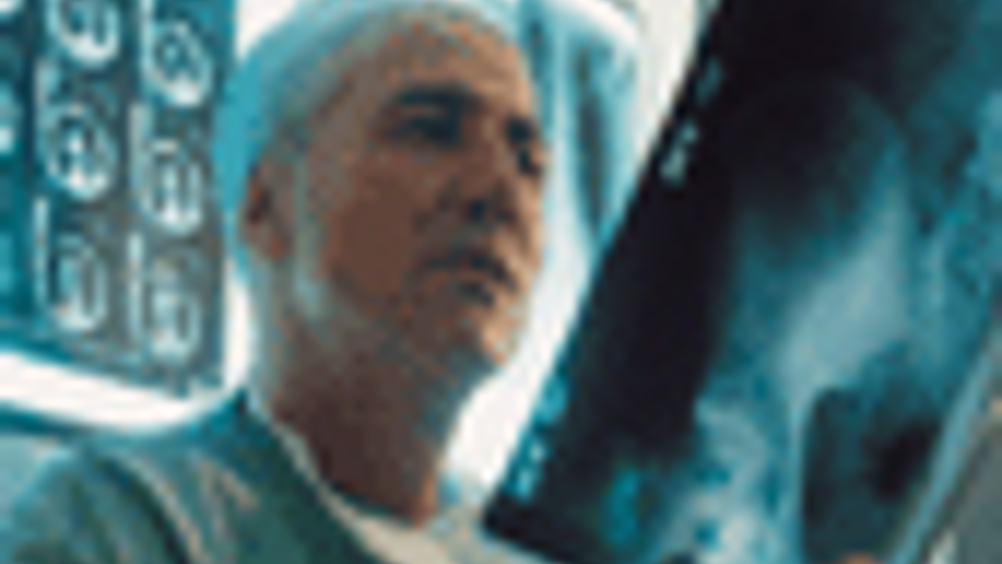Prescription charge
The medical device sector’s list of requirements, from miniaturisation to at-home patient care, is providing designers and manufacturers with a diverse range of challenges. Julia Pierce reports.

The UK's medical device market is the fourth largest in Europe, with an estimated total value of £4bn. Characterised by a high level of innovation, it is also the subject of intense competition, meaning suppliers are constantly looking for methods to reduce costs and streamline production.
'The medical devices sector is the fastest growing market for us,' said Chay Keogh, marketing manager for
UK, which makes video measuring and digital imaging systems. 'We need to move from a production line where components are given a rough visual check to highly-intensive mass checking.
'Product checkers may be very dexterous with their hands, but we must move to automated checking by computer — the challenge is designing a system that doesn't fail and works continuously.'
Mass production of disposable equipment in a cost-effective manner has already led to the refining of relatively new technologies for making small precision components.
According to Rachel Conway, sales and marketing manager for
Register now to continue reading
Thanks for visiting The Engineer. You’ve now reached your monthly limit of news stories. Register for free to unlock unlimited access to all of our news coverage, as well as premium content including opinion, in-depth features and special reports.
Benefits of registering
-
In-depth insights and coverage of key emerging trends
-
Unrestricted access to special reports throughout the year
-
Daily technology news delivered straight to your inbox










Water Sector Talent Exodus Could Cripple The Sector
Maybe if things are essential for the running of a country and we want to pay a fair price we should be running these utilities on a not for profit...